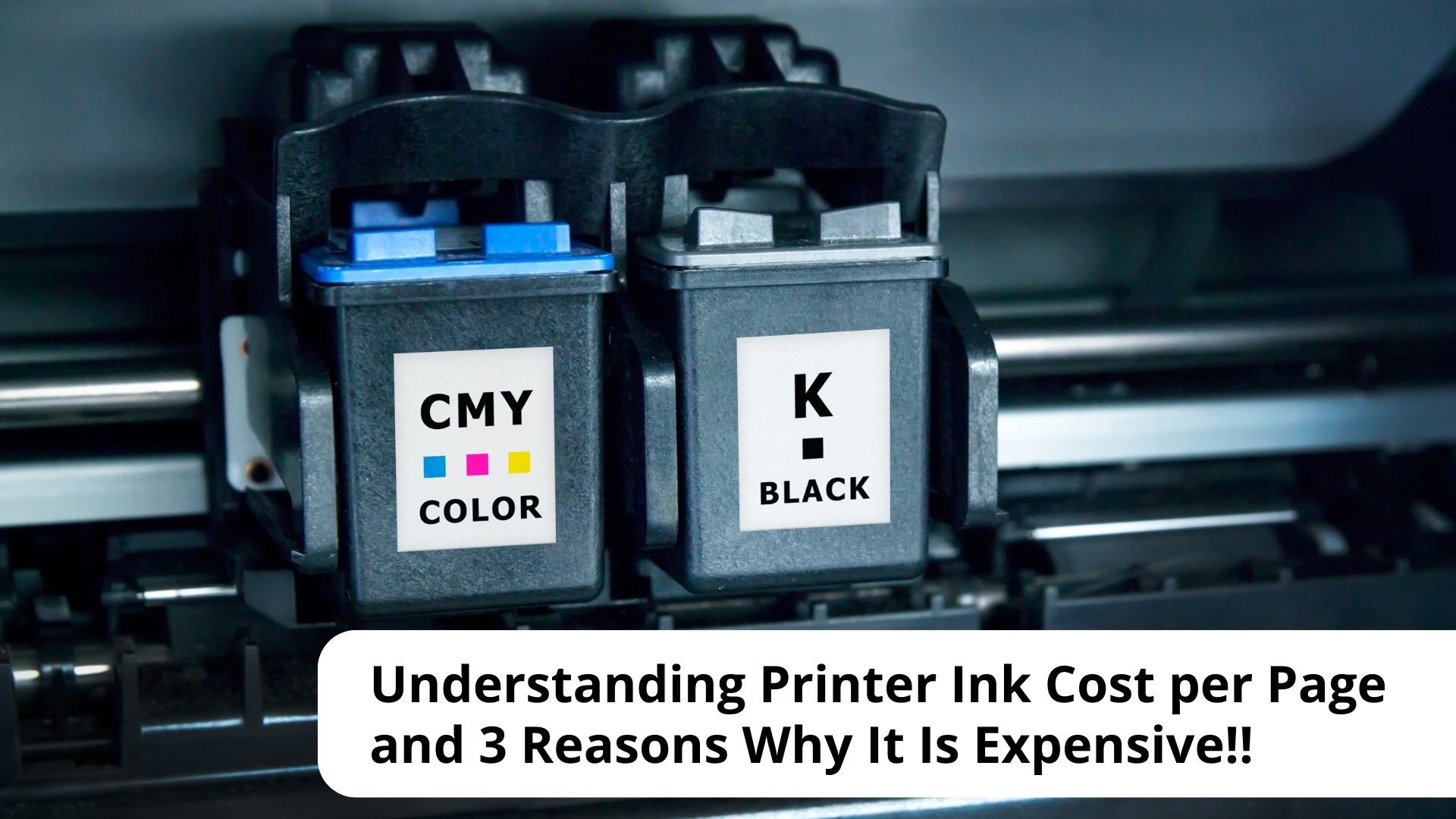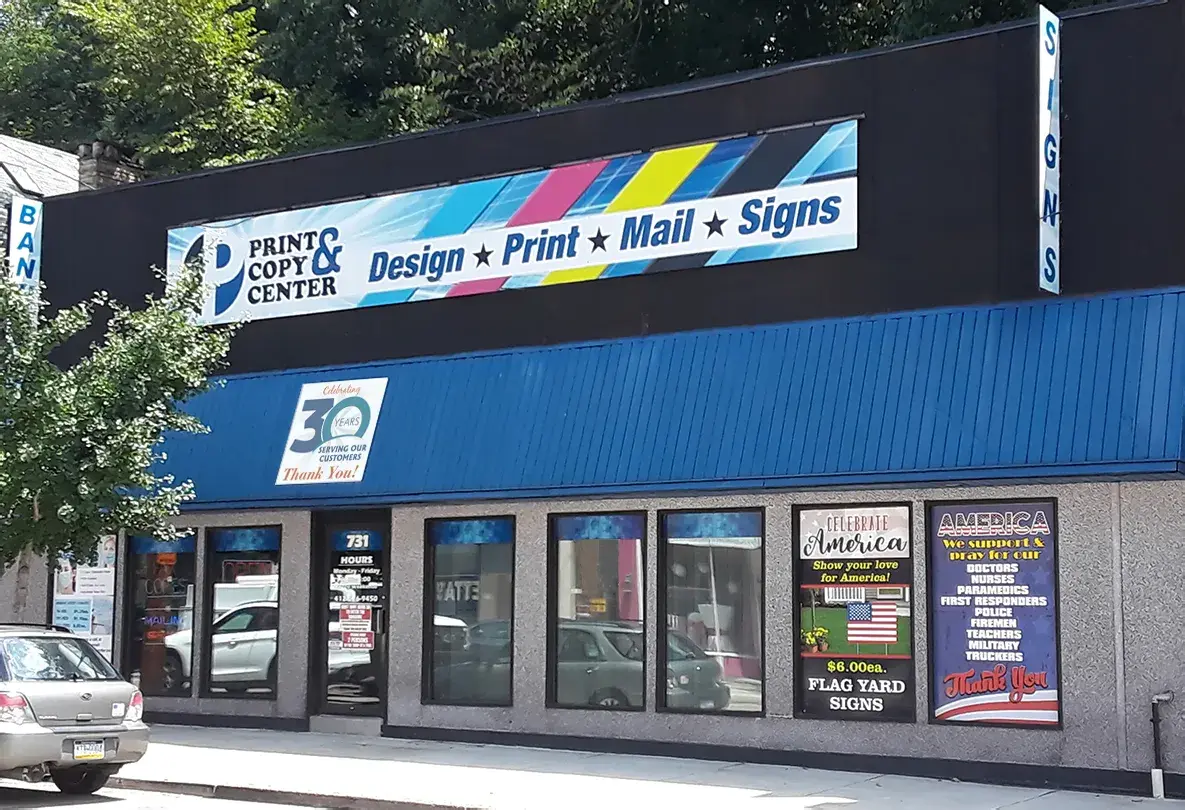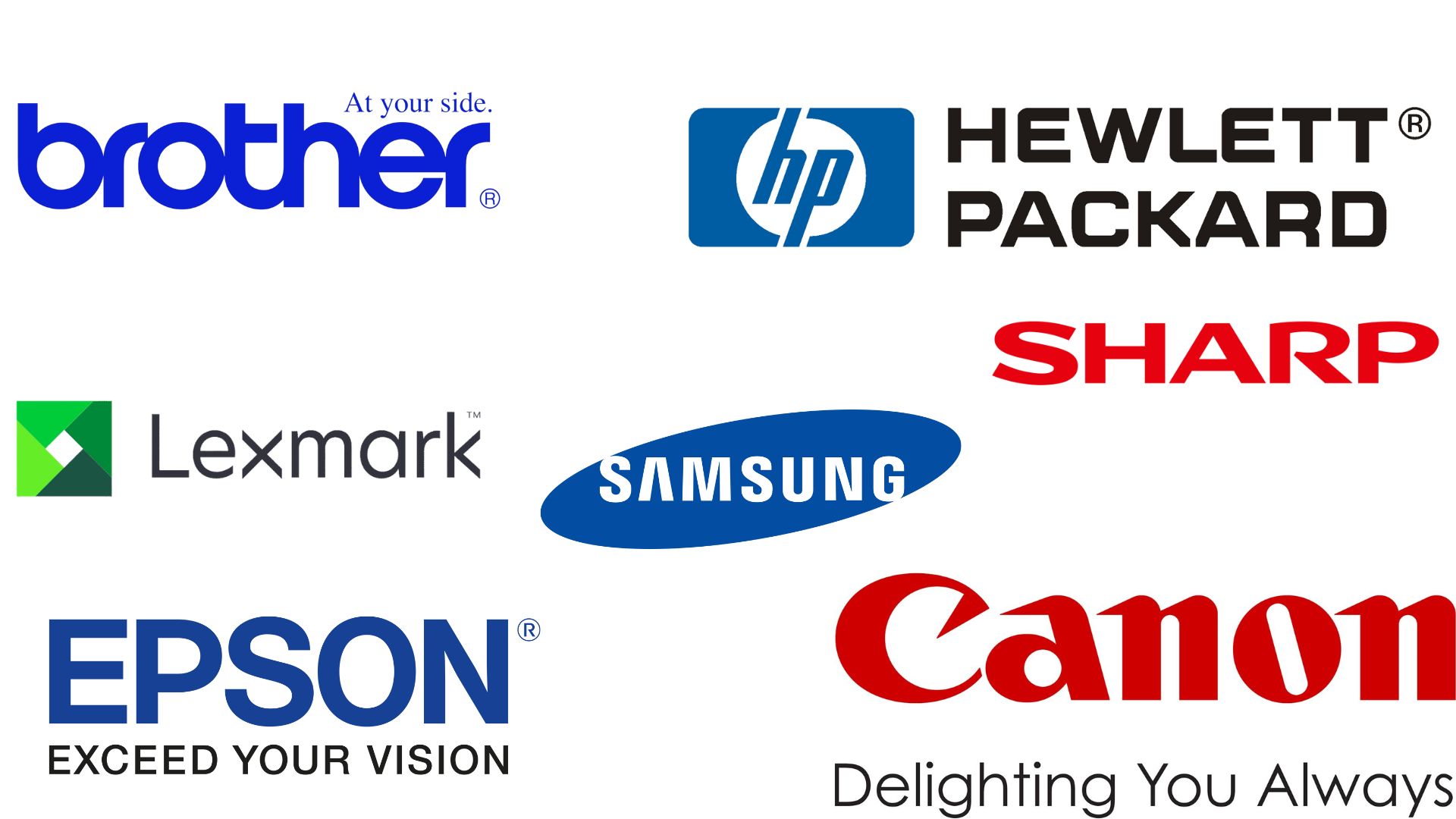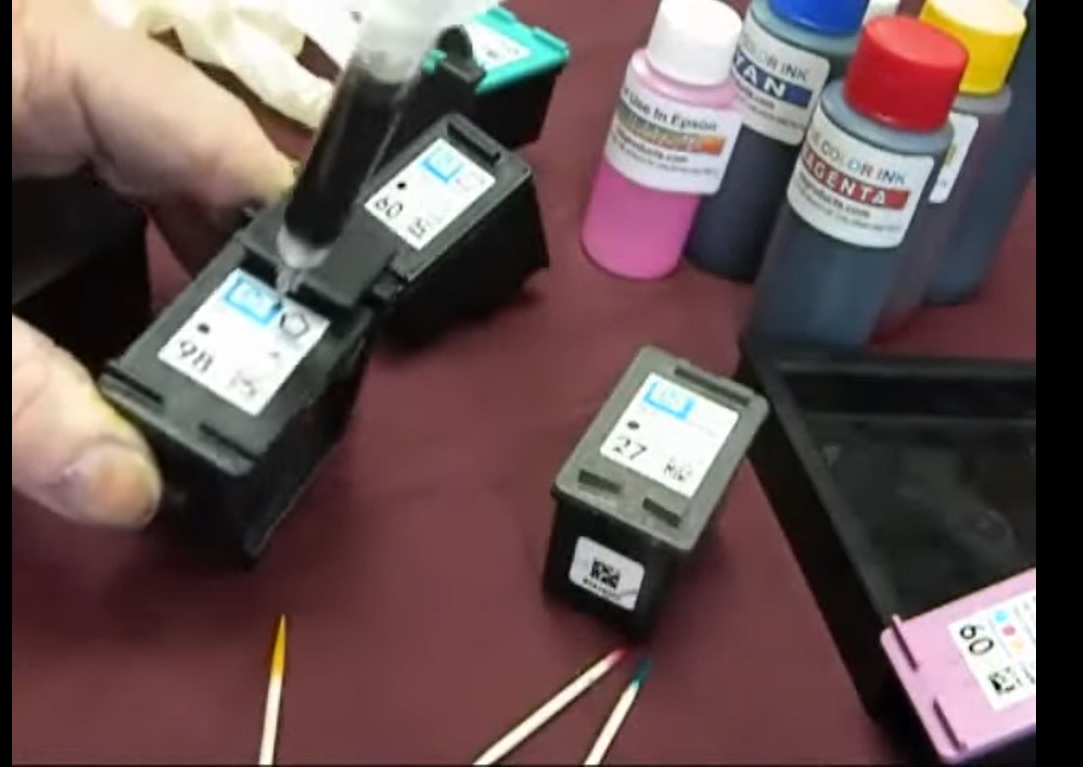Have you ever thought about the printer ink cost and how it affects you? Yes, you notice how expensive it can be. But it's also a necessity that you can't easily dismiss or replace.
Calculating Your Average Printer Ink Cost per Page

Keep in mind that this calculation disregards the printer models and focuses on the purchase price and frequency. However, despite the low initial price, your cheap printer may cost you more in the long run.
When you buy a printer at a lower price spectrum, under $300, you may need to change the cartridge several times a year. The black cartridges can cost you up to $120 per year. While the color cartridges may even reach $175 per year.
You may spend more on your ink than on the printer. If you replace the cartridges up to three times per year, your average print-per-page cost is 5.5 cents for black print and up to 9 cents per page for color print.
However, if you opt for a more expensive printer with the same usage, you can push the cost per page to less than 4 cents. However, the cost per page for a color print is only lower by 0.5 cents.
Color Printing vs Black Printing Cost
You may wonder which is cheaper, printing in black only or using colors. And what you can do is be more cost-efficient in printing.
Printing with only black ink is more cost-efficient than printing in color. After all, printing in black means you only need to use a single cartridge.
Color printing uses all Cyan, Magenta, and Yellow inks to create the color you want. But did you know that your printer uses all colors to print black?
Every time you print a black text document, your printer will use a tiny bit of each color. This is how your printer prevents ink blockage. Once a cartridge connects to the printer it stays open and ready to print.
One thing most people forget is choosing the right paper. Remember that paper quality can help you to be more cost-efficient in printing.
3 Reasons Why Printer Ink Is Expensive

Here are three primary reasons ink is a lucrative business for the manufacturer.
Supply And Demand
Supply and demand are the main reason why ink is expensive. The manufacturers are simply replying to the demands of their market.
Cost For Research
Every year printer and ink manufacturers spend up to US$1 billion for research alone. They look for methods to improve coloration and many other features. Yes, you as the customer pay for the research.
Inaccurate Warning on Low Ink
You see this error message often, but did you know that most printers set the cartridge to give out a warning at 10% ink left in the tank? This warning prompt you to scramble for a new cartridge and replace the old one.
You can always reset the cartridge for a better ink count. But it takes time and skill. Hence people prefer to buy than reset their old cartridge.
Is Printing at Home Cheaper Than Going to a Store?

To determine whether you save more money by printing at home or going to a print shop, you need to look into your printing habit. That is the only way to know if you spend the money correctly.
Printing at home can be more expensive than printing at a store when you don't have the necessary printer. For example, you need to print labels for your venture on glossy sticker paper each month.
Even though you do it monthly and may need to print several copies, the cost doesn't justify the printer upkeep. Therefore, it's more affordable for you to go to a print shop instead.
Printing at home gets cheaper when you have to print documents or papers every week. So, if you're a family with kids at school or a business that needs to print their paperwork every week, you need to have a printer at home.
Of course, you need to buy the one that will cover your needs. That is why an all-in-one printer with a scan and copy feature is getting popular.
Is It True That Printers Are Cheaper Than Ink?
Many people don't know that the company sells its printers at a loss. Yes, you read that right, they are using the ink to compensate for the sales.
That is why manufacturers create inks that work for several printer models. Therefore, even though they are at loss for the printer cost, they can cover it with ink sales.
In the larger picture, ink sales generate up to $20 billion per annum. To compare, the total printer sales in a year only generate up to $10 billion worldwide. And a new printer may cost about three times the cost of a new cartridge.
This simple calculation proves the high demand for printer ink. And it also explains why the manufacturers keep producing printers even though at loss.
[irp posts=”6099″ ]
Which Printer Is The Cheapest?

Now, this can be a tricky subject to cover. When you ask about the cheapest printer, you need to consider your cost per page. Do you primarily print in colors or black?
Each printer has a different efficiency method and in turn, has a different average cost per page. Of course, this relates to the technology they use on the hardware and ink. Manufacturers also have specific niches and specializations.
Before choosing a printer, you need to do enough research based on your printing habit. Brand awareness and experience also work in this matter.
For example, if you spend more time around Canon printers than Epson, you will be more inclined to purchase a Canon printer. However, you may change the habit and opt for something different to get a new experience.
Don't forget that you also need to calculate the maintenance cost in addition to the ink cost. Therefore, the cheapest printer is the one that you can afford to maintain.
How To Keep My Printing Cost Low?
Technically speaking, you can print only in black, as it is the cheapest color in the palette. Keep in mind that they occupy the whole tank while colors have to share the space. And the average cost per page for a black-and-white document is only half of the color one.
Therefore, if you primarily print in black, you can set your printer setup to be in grayscale. Some printers even have an ink-saving method that will make it even more economical in the long run. But you may be sacrificing quality in that matter.
In case you have a printer with two types of black ink cartridges, you need to consider that the pigment-based ink is more expensive than the regular dye-one. Again, in the long run, your printing cost is all about your printing habit.
Can I Use a Refill To Help Me Cut Costs?

Like many other things, refilling has both good and bad sides. The good side is it can help you reduce your spending on printer ink.
Refilling will only cost you a fraction of purchasing a new cartridge. And in the long run, you can save enough to get a new printer.
However, refilling also may lead to some hardware issues in the future. As you know, some printers can get very finicky. When you use a non-OEM ink to print, it may halt the process and call an error.
This issue may happen right after you refill your printer cartridge. But sometimes, it may take months before your printer starts to act up.
If you choose to refill to lower the printing cost, then you need to calculate the reparation and other maintenance costs. And always remember that you probably need to get a new printer earlier than your calculation.
Last Drop of Conclusion
Printer ink is a billion-dollar business. And as you can see, it generates twice the printer sales.
But you don't need to worry, as there are ways for you cut the ink cost. You can opt for a refill or trick the cartridge.
But keep in mind that cutting costs will affect the print result quality. It also will affect your printer's durability. If you plan to keep your printer in top condition, purchasing cartridges is the best way to go.
This information on printer ink cost is crucial to know which printer you should buy. Of course, you need to consider your general printing habit and how much knowledge you have on troubleshooting the printer.

I'm Morgan, the creator of VPNForMe — a site born from too many hours spent side-eyeing sketchy VPN reviews and buffering videos.
I wanted a place where people could get straight answers about privacy, streaming access, and which VPNs actually deliver — without the hype or tech jargon.
